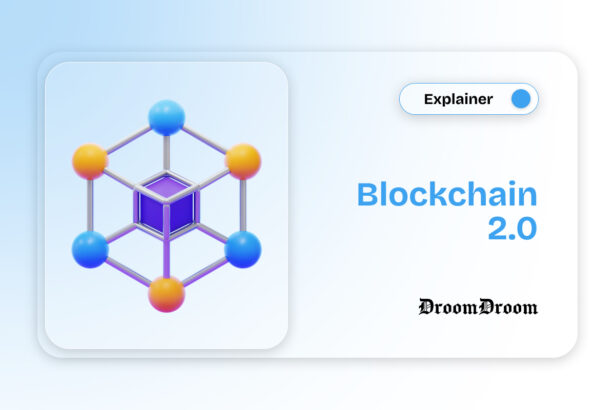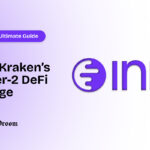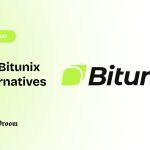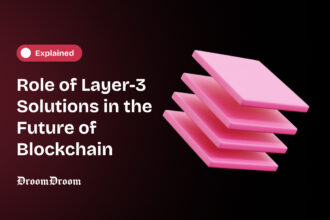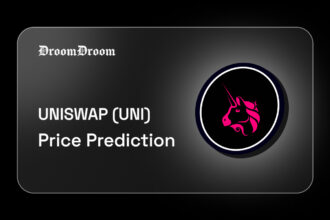Blockchain 2.0 is an improved version of Blockchain1.0 introducing the concept of decentralization of task execution achieved through self-executing code called smart contracts. It also focuses on enhancing the security, scalability, and transparency of blockchain networks.
Evolutionary Path of Blockchain
Blockchain technology was introduced in 1991 by researchers Stuart Haber and W. Scott Stornetta. In the white paper How to Time-Stamp a Digital Document, Haber and Stornetta explained the use of a continuous chain of timestamps for recording information safely. However, it was during the birth of Bitcoin in 2008, that blockchain was put into real play. Bitcoin emerged as a decentralized form of money. An alternative to government-controlled- fiat money. The founder of Bitcoin known as Satoshi Nakamoto, built a blockchain for building a decentralized system worth trusting.
Blockchain 1.0: Bitcoin Emergence
In 2008, during the aftermath of the Global Financial Crisis, Satoshi Nakamoto released the white paper, Bitcoin: A Peer to Peer Electronic Cash System. The paper introduced Bitcoin – the first practical application of blockchain. The Bitcoin blockchain introduced an electronic payment system based on cryptographic proof rather than trust. This allowed people to transact peer-to-peer without any dependency on a third party. With the public unveiling of Bitcoin came the public unveiling of Blockchain.
Curious to learn more about blockchain technology? click this link to learn more.
What is Blockchain 2.0?
Soon after the release of Bitcoin, people realized that blockchain could have a life beyond digital currency. All thanks to Vitalik Buterin. Vitalik introduced a programmable blockchain- Ethereum in 2013. Unlike Bitcoin, Ethereum could record assets and perform various other functions other than financial transactions. Ethereum blockchain uses smart contracts for the same.
Key Features of Blockchain 2.0
Smart Contracts
They are self-executing contracts when pre-defined conditions are met. Smart contracts are introduced by the Ethereum blockchain, developers can program into any use case to automate certain processes such as payments, identity verification, and execution of tasks without any intermediaries.
Decentralized Applications (Dapps)
Applications that run on blockchain based on smart contracts are called decentralized applications. They ensure transparency, security, and censorship-resistant. The dapp’s control is in the decentralized network. They are used in many industries from supply chain to healthcare.
Tokenization
Blockchain 2.0 enables the creation of tokens or digital assets. They can be of two main categories; fungible tokens and non-fungible tokens. These tokens represent ownership of digital or real-world items like cryptocurrency or real estate.
Application of Blockchain 2.0
- Decentralized Finance: These are applications in the field of finance providing services such as lending, borrowing, and trading. DeFi replaces traditional finance.
- Digital Identity and Ownership: NFT is used in digital ownership of items such as art, music, or identity. Nonfungible tokens can easily be tracked on the blockchain as proof of ownership.
- Voting and Governance: Decentralized governance and voting through a decentralized autonomous organization, where the community makes decisions instead of central authority.
- Supply chain: Blockchain is used to track goods, and enhances transparency in supply chain industry. It records information and stores it in blockchain as immutable data about product origin, tracking shipments, and reducing fraud activities.
Conclusion
The recent years witnessed several blockchains beyond Bitcoin and Ethereum. Blockchain 2.0 opens a wide variety of opportunities and potential applications beyond just crypto transactions. They are being closely integrated into real-world use cases benefiting the users by addressing existing issues in the traditional system. As the technology evolves, we will witness more development and innovative applications using blockchain mainstreaming adoption.
